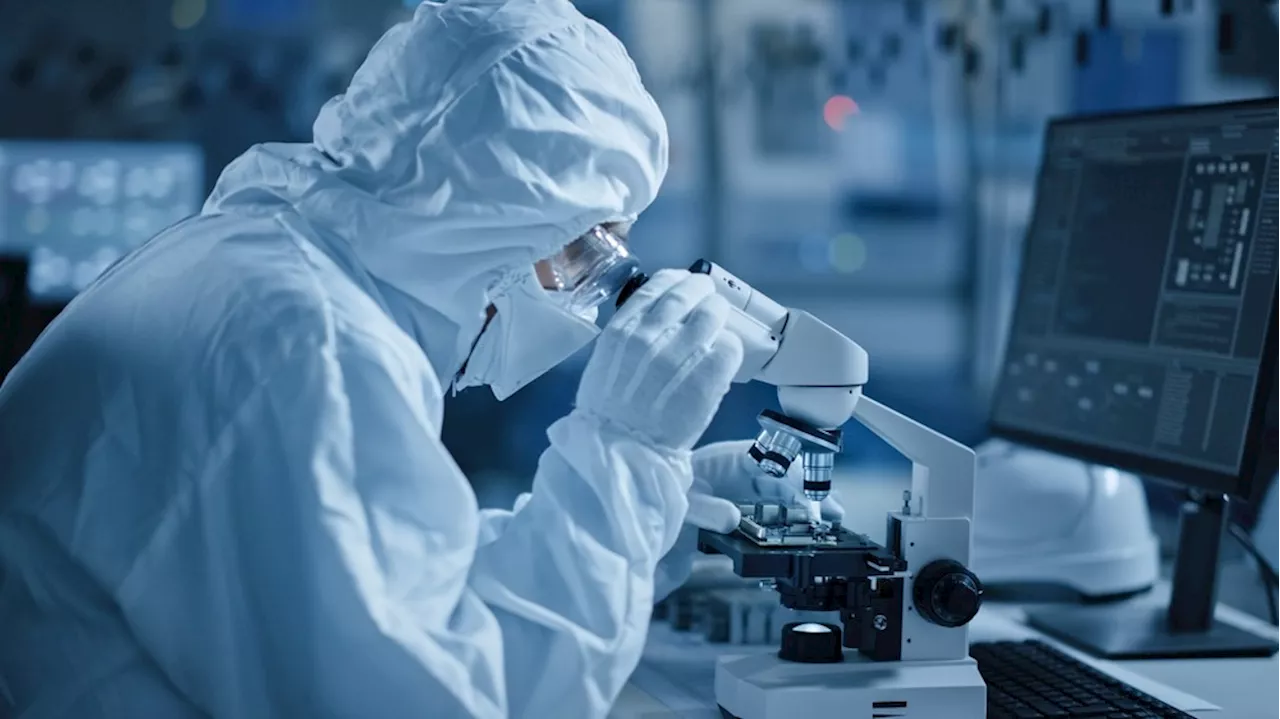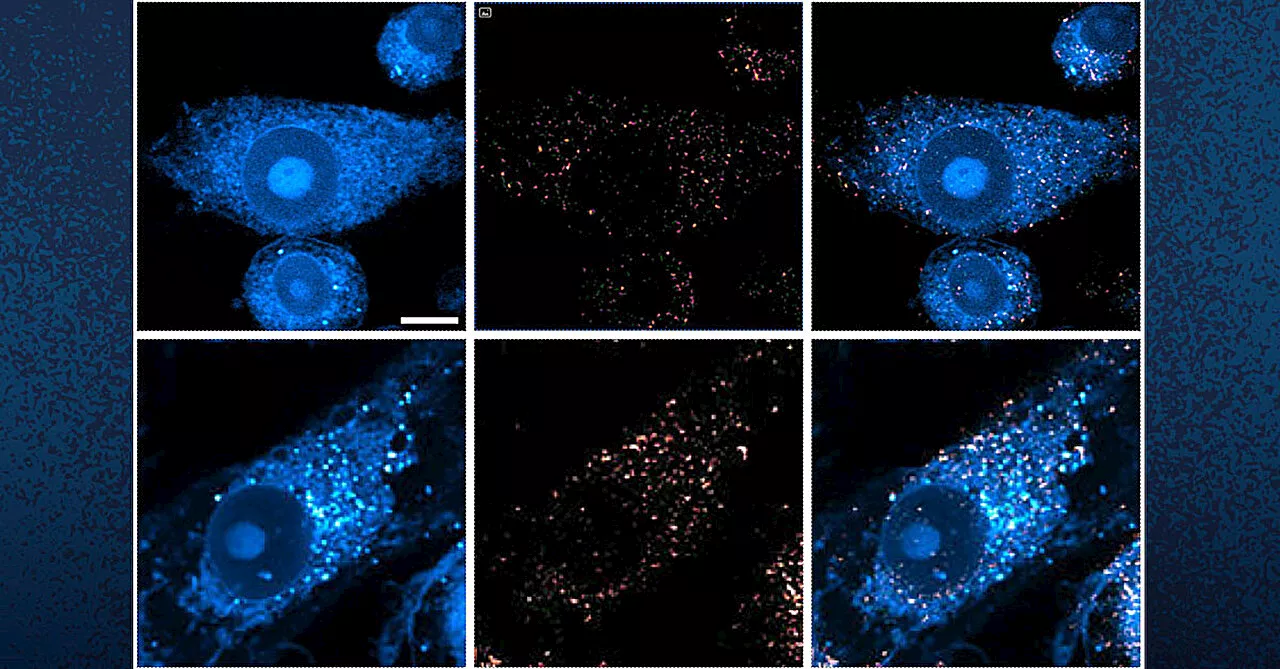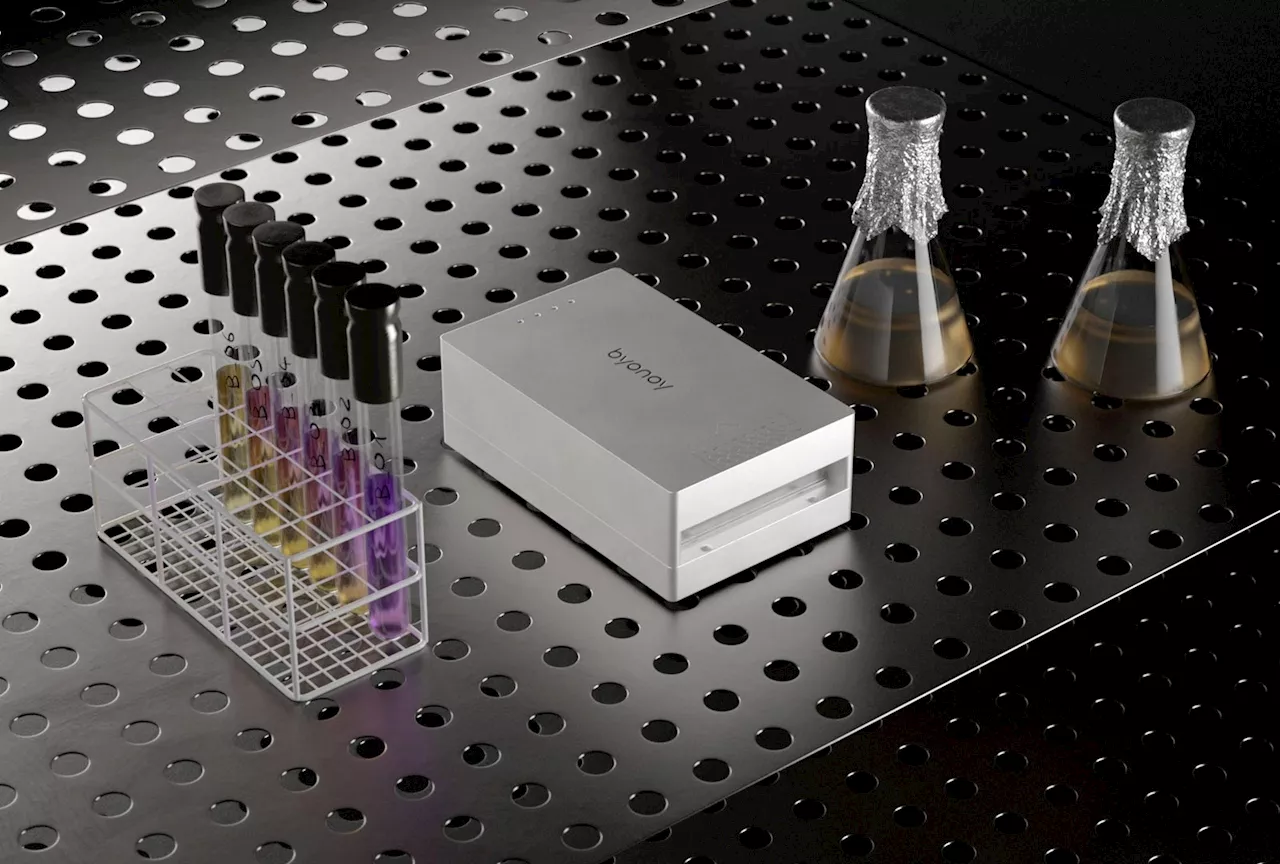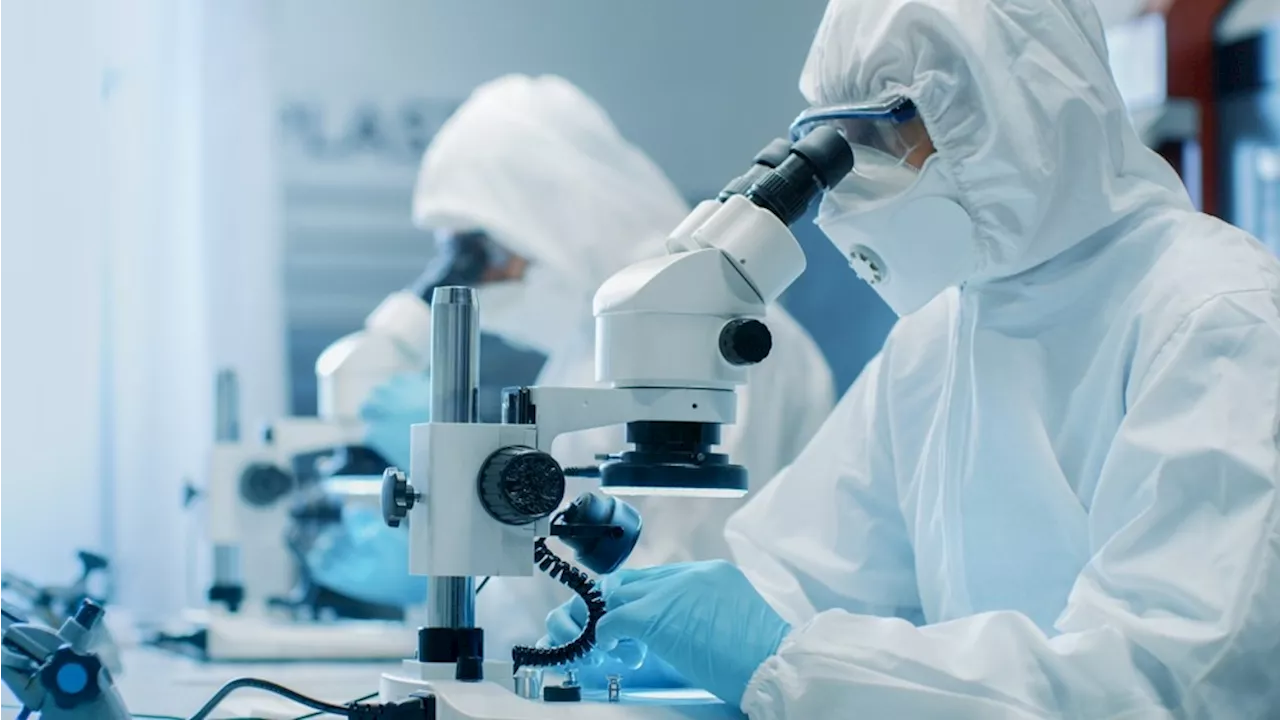Advanced electron microscopy unlocks the secrets of quantum materials, enabling high-resolution characterization of their unique quantum properties.
By Rebecca Ingle, Ph.DApr 29 2024Reviewed by Lexie Corner Quantum technologies, and in particular quantum computing, are often heralded foundational to the next Industrial Revolution.1 The exploitation of quantum effects in devices, such as entanglement and coherences, is being explored to create new devices like quantum sensors, which may offer better detection limits and faster responses than traditional sensing technology.
The primary difference between SEM and TEM lies in the detection of electrons: SEM measures scattered electrons, while TEM captures those that pass directly through the sample. Despite these advancements, one of the biggest limitations of electron microscopy has been the issue of sample damage from the intense electron beams, which made it historically challenging to measure any live biological specimens or more fragile quantum materials.9
The power of electron microscopy in materials analysis lies in its outstanding spatial resolutions and the ability to combine with methods for elemental analysis and identification. For many materials, the high spatial resolution of electron microscopies is critical for answering many open questions in the field.
For electron microscopy, electron holography methods offer a route to very high spatial and temporal resolution measurements, which can be challenging with other methods due to the inherent space-charge in the electron beam. Holography is also well-suited to probing quantum mechanical effects, such as coherences in the emitted photoelectrons.13
Electron Microscopy Quantum Sensing
Singapore Latest News, Singapore Headlines
Similar News:You can also read news stories similar to this one that we have collected from other news sources.
 The Role of Electron Microscopy Grids in Transmission Electron MicroscopyThis article discusses the importance of electron microscopy grids in transmission electron microscopy and their role in supporting thin samples during imaging.
The Role of Electron Microscopy Grids in Transmission Electron MicroscopyThis article discusses the importance of electron microscopy grids in transmission electron microscopy and their role in supporting thin samples during imaging.
Read more »
 Electron Microscopy in Industry: Quality Control and Failure AnalysisElectron microscopy enhances nanoscale analysis for quality control and failure analysis across diverse industries.
Electron Microscopy in Industry: Quality Control and Failure AnalysisElectron microscopy enhances nanoscale analysis for quality control and failure analysis across diverse industries.
Read more »
 Visualizing centriole genesis with microscopy and kinematic reconstruction techniquesCells contain various specialized structures - such as the nucleus, mitochondria or peroxisomes - known as 'organelles''.
Visualizing centriole genesis with microscopy and kinematic reconstruction techniquesCells contain various specialized structures - such as the nucleus, mitochondria or peroxisomes - known as 'organelles''.
Read more »
 Innovative microscopy demystifies metabolism of Alzheimer'sAlzheimer's disease causes significant problems with memory, thinking and behavior and is the most common form of dementia, affecting more than 50 million people around the world each year. This number is expected to triple by the year 2050.
Innovative microscopy demystifies metabolism of Alzheimer'sAlzheimer's disease causes significant problems with memory, thinking and behavior and is the most common form of dementia, affecting more than 50 million people around the world each year. This number is expected to triple by the year 2050.
Read more »
 AI techniques massively accelerate the search for Parkinson's disease treatmentsResearchers have used artificial intelligence techniques to massively accelerate the search for Parkinson's disease treatments.
AI techniques massively accelerate the search for Parkinson's disease treatmentsResearchers have used artificial intelligence techniques to massively accelerate the search for Parkinson's disease treatments.
Read more »
 Advancements in OD600 measurement techniques: Evaluating the performance of Absorbance 96 in bacterial growth analysisThis article explores the effectiveness of the Absorbance 96 plate reader in measuring optical density (OD600) for bacterial growth assessments, in comparison with traditional spectrophotometry methods.
Advancements in OD600 measurement techniques: Evaluating the performance of Absorbance 96 in bacterial growth analysisThis article explores the effectiveness of the Absorbance 96 plate reader in measuring optical density (OD600) for bacterial growth assessments, in comparison with traditional spectrophotometry methods.
Read more »
